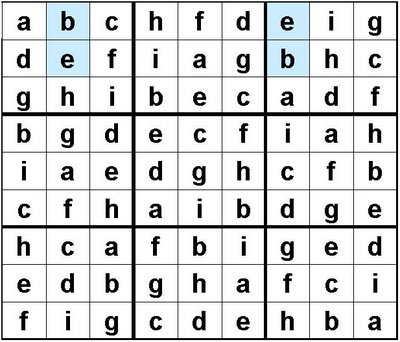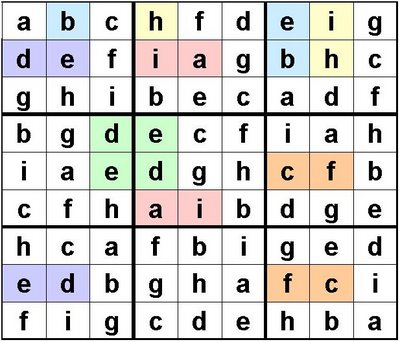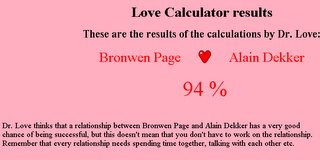For me, one of the most attractive qualities of the Sudoku as a puzzle is that there is a wide range of difficulty levels. This means that the puzzle is accessible to people with very different natural logical abilities, and as you improve, you can do slightly more challenging ones.
Usually in newspapers these are labeled in some way, e.g. mild, moderate, difficult and diabolical. But yet the puzzles look more or less the same. The difficulty level does not seem to be directly related to the number of clues or the arrangement of these in the grid, so unless you know the rating, you cannot tell whether the solver is a novice or an expert.
I am the only person that I ever see on the train who is trying to build their own Sudoku, so this is not a common pursuit, though I think that you might find it quite rewarding once you get started. My observations and ideas are still in the process of evolving, so I would like to re-iterate that this blog is to share where I have got so far and that it would be nice if you posted comments with your own observations and Sudoku-creations. I envision that my commentary will span 3 more blog entries after this one.
To make a Sudoku problem, we need to have a 'true' Sudoku matrix. For advice on how to prepare these click
here to start at the beginning. My overall approach is to use the Sudoku matrix to add clues to a blank grid (these will be formated as lower-case letters), solve as far as possible (letters added in the solution process will be formated as capital letters), and repeat until the problem is completely solved.
The first observation that I would like to make regards ensuring that clue-matrix will result in an unique solution. Lets have a look at the matrix that we prepared in
Sudoku (Part III):
 You will notice that the identities of the four shaded boxes are only dependant on each other. The b's and e's can be interchanged without affecting the rest of the matrix.
You will notice that the identities of the four shaded boxes are only dependant on each other. The b's and e's can be interchanged without affecting the rest of the matrix.
In setting the clues for this puzzle it is necessary, therefore, to include at least one of those four letters as it is not possible to give unambiguous, indirect clues that will enable the solver to decide which way round these b's and e's should go.
The first thing that I do is to try to identify all of the interchangable foursomes. These are the ones that I can see on this matrix:

Our clue-matrix must therefore contain one letter from each of these interchangable-foursomes.



 You will notice that the identities of the four shaded boxes are only dependant on each other. The b's and e's can be interchanged without affecting the rest of the matrix.
You will notice that the identities of the four shaded boxes are only dependant on each other. The b's and e's can be interchanged without affecting the rest of the matrix.
